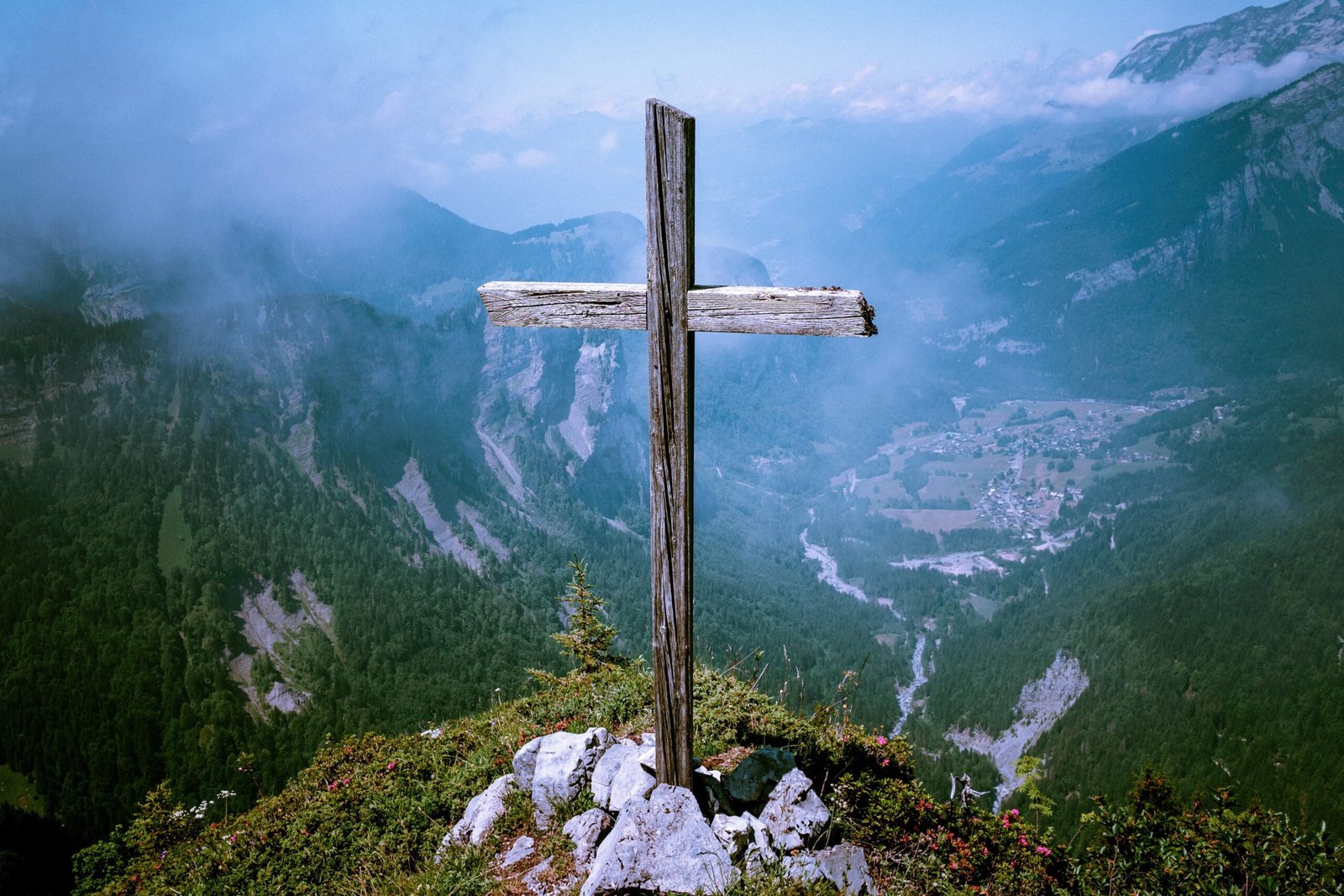Gardening for You: Redbuds for spring color
Those bright, fuchsia-colored flowering trees that give sparkle to drab early spring landscapes are redbuds. Redbuds flower when few other trees are flowering and the color they give a landscape is the splash that outdoes other flowering trees.
From a distance redbuds have such startling color because flowers open before the leaves bud. The bright color against bare branches gives the contrast.
Take a moment to get a closeup look at the redbud flower. There are thousands of delicate blooms that are unlike other flowering trees. Redbuds are in the pea family Fabaceae and bear clusters of small pea-like blooms, similar to a sweet pea. After flowering bean-like pods are formed.
Not all redbuds are the same. Colors of redbud blooms differ by variety; varieties have genetically different pigmentation. Colors vary from white to pinkish purple, others have a deeper pigmentation, magenta, wine or burgundy.
Eastern redbud, Cercis canadensis (SIR-sis can-a-DEN-sis), native to Canada, is widely grown throughout the east and into Florida but is not a good choice for West Texas. It is adapted to acidic, well-drained soils, and requires frequent irrigation.
Texas redbud, Cercis canadensisvar. texensis, is a good choice for West Texas as it is adapted to our calcareous soils. The Texas redbud is smaller, more drought tolerant than the Eastern redbud. Flower color is bright, wine red except the Texas White Redbud, which has white flowers.
Oklahoma redbud, Cercis canadensis var. texensis “Oklahoma”, is a botanic variety out of the Texas redbud. The Oklahoma redbud is native to southern Oklahoma, is a smaller tree, drought tolerant and adapted to alkaline soils. Flower color is a dark burgundy, rosy magenta or wine red.
Mexican redbud, Cercis canadensis var. mexicana, is found in West Texas, New Mexico, and northern Mexico. Trees are more showy and drought tolerant than the Texas redbud, adapted to alkaline soils, and is smaller than the Eastern and Oklahoma varieties. Flower clusters bear blooms that are smaller than other redbuds and have deeper pigmentation.
Aside from the showy spring blooms, redbuds have other attributes that make them a good choice for a small landscape tree.

Pollinators flock to them. The showy blooms attract early bees foraging for a source of early spring nectar. Hummingbirds and butterflies also are attracted to the nectar. Seeds are eaten by birds.
Redbuds are attractive landscape specimens as they are a small tree, growing to a height of 10 to 15 feet. They are effective when trained as multi-trunks, planted as a single specimen or when grouped in threes.
Flowers are persistent, dropping only when leaves bud out. Summer foliage has dark green, glossy, leathery, heart-shaped leaves with wavy margins.
When trees are in full bloom is the best time for gardeners wanting to buy a redbud to be assured the color of blooms is what they want. Early spring is the best time to plant redbuds in the landscape.
Some information from missouribotanicalgarden.org
Ellen Peffley taught horticulture at the college level for 28 years, 25 of those at Texas Tech, during which time she developed two onion varieties. She is now the sole proprietor of From the Garden, a market garden farmette. You can email her at gardens@suddenlink.net
This article originally appeared on Lubbock Avalanche-Journal: Gardening for You: Redbuds for spring color











